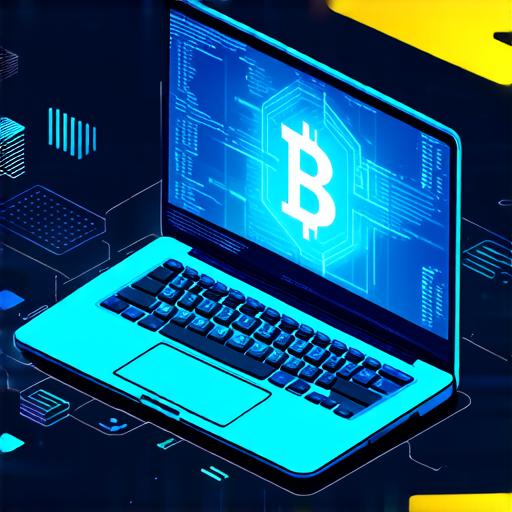Blockchain technology has revolutionized the way we think about data storage, security, and governance. With its decentralized nature, blockchain can help organizations achieve greater transparency, trust, and efficiency. And with its ability to support smart contracts and other applications, blockchain is rapidly becoming a popular platform for building decentralized applications (dApps).
Step 1: Choose Your Blockchain Platform
The first step in creating a dApp on a blockchain is choosing the right platform. There are several popular blockchain platforms available today, each with its own strengths and weaknesses. Some of the most commonly used platforms include Ethereum, EOS, Hyperledger Fabric, and Corda.
When selecting a platform, consider the following factors:
- Scalability: The ability to handle large volumes of transactions and data.
- Security: The level of protection against hacking and other security threats.
- Smart contract capabilities: The ability to create and execute smart contracts on the platform.
- Consensus mechanism: The method used by the network to validate and verify transactions.
Ethereum is currently the most popular platform for building dApps, with a large developer community and a wide range of tools and resources available. However, other platforms like EOS and Hyperledger Fabric are also gaining popularity due to their faster transaction times and lower fees.
Step 2: Design Your Application
Once you’ve selected your blockchain platform, the next step is to design your application. This involves defining the functionality of your dApp, identifying the user requirements, and creating a detailed architecture and design plan.
Some key considerations when designing your application include:
- User experience: Ensuring that the application is easy to use and navigate for the end-users.
- Data storage and management: Deciding how to store and manage data on the blockchain, and designing a database schema that can support the application’s needs.
- Security: Implementing appropriate security measures to protect user data and prevent unauthorized access.
- Performance: Optimizing the application for efficient and fast performance on the blockchain.
Step 3: Develop Your Application
With your design plan in place, the next step is to develop your application. This involves writing the code for your smart contract, creating the user interface, and integrating with other services and tools as needed.
When developing your application, it’s important to follow best practices for blockchain development, including:
- Writing clean and well-documented code that follows established coding standards.
- Testing your application thoroughly on a local blockchain or testnet before deploying to the main network.
- Using version control tools like Git to manage code changes and collaborate with other developers.
- Implementing appropriate security measures, such as secure storage of user data and proper handling of sensitive information.

Step 4: Deploy Your Application
Once your application is complete, the final step is to deploy it on the blockchain. This involves uploading your smart contract code to the blockchain network and configuring the necessary settings for your dApp.
When deploying your application, make sure to follow these best practices:
- Test your deployment thoroughly to ensure that everything works as expected.
- Configure any necessary settings for your dApp, such as token distribution and user access controls.
- Monitor your dApp’s performance on the blockchain and make any necessary adjustments to optimize its efficiency.
Real-Life Examples of Successful dApps Built on Blockchain
There are many examples of successful dApps built on blockchain, each with their own unique functionality and use cases. Here are a few real-life examples:
- Cryptokitties: A popular dApp built on Ethereum that allows users to buy, breed, and sell unique digital cats. The app has generated millions of dollars in revenue and has become one of the most successful dApps to date.
- Dfinity Network: A decentralized cloud platform built on the Dfinity Network blockchain. The platform offers high-performance computing resources and other services to developers, with a focus on security and scalability.
- Origin Protocol: A decentralized social media platform built on the Ethereum blockchain. The app allows users to share content and earn rewards for engaging with other users, while also providing greater privacy and control over their data.
FAQs
What is a dApp?
A decentralized application (dApp) is a software application that runs on a blockchain network, rather than a central server. dApps are designed to be transparent, secure, and trustworthy, and can offer a range of benefits over traditional centralized applications.
How do I build a dApp on a blockchain?
To build a dApp on a blockchain, you’ll need to choose a platform, design your application, develop the code, and deploy it on the network. There are many resources available online to help you with each of these steps.
What programming languages are used for building dApps?
The programming languages used for building dApps vary depending on the blockchain platform being used. Ethereum uses Solidity, while EOS and Hyperledger Fabric use their own proprietary languages.
Can I build a dApp without coding experience?
While it’s possible to build a simple dApp without coding experience, building more complex applications typically requires some programming knowledge. However, there are many resources available online to help you learn the necessary skills.
